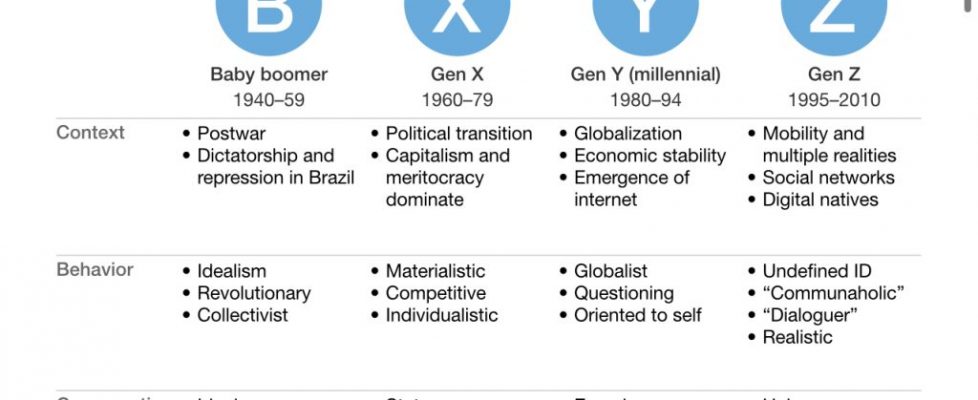People
“People” are one of the most diverse and closely discussed areas in the relationship to sustainable fashion. The fashion industry is made up of several key players, as brands, designers, manufacturers and consumers, who have opinions and interests that influence sustainable practices. (Michael P. & Jacqueline M, 2018). As the largest generation, Generation Z, which accounts for about 25% of the world’s population, is called by BOF Insights to be the first indigenous people to grow up in the age of the digital environment. Because of this, compared with previous generations, they ignore fixed rules and ideas, are full of liquidity, and their astonishing purchasing power of about 360 billion US dollars is having a huge impact on the world’s culture and economy (Benjamin, S.& Diana, L).
According to a survey of American Gen-Zers in BOF, fashion is their favorite entertainment category to spend money on, so for the fashion industry, the behavior of these young consumers is crucial to the success of the brand (Benjamin & Diana, 2022) .From the example given by TOMS, we know that consumers think that helping others through purchases will make them feel good, so they are willing to pay for the values they agree with. In order to attract the attention of Generation Z, brands will establish a good reputation for themselves. Corporate reputation and sense of ethics (Michael P. & Jacqueline M, 2018). Warby Parker also responded to this. In addition to providing designer glasses at reasonable prices, it is also committed to serving people with visual impairments but no ability to purchase products (Michael P. & Jacqueline M, 2018).
In addition, the brand’s inclusivity and diversity are also measures that can successfully attract people (Tracy & Fernanda, 2018). Since Fenty Beauty, the brand founded by Rihanna, launched 40 shades of liquid foundation in the fall of 2017, many All four cosmetics brands have begun to rush to expand their series to ensure that their foundations are suitable for consumers’ different skin tones to the greatest extent possible (Chery, 2018). At the same time, Rihanna’s much-watched fashion show “Savage x Fenty Vol. 3”, as an example of sustainable ethical enterprises and diverse products, invited models of different skin colors, ages, and body types to showcase their underwear series, among which Pregnant, physically disabled models and male models are also included, and male basics are also added to the brand’s classification (Kellie, 2022).
